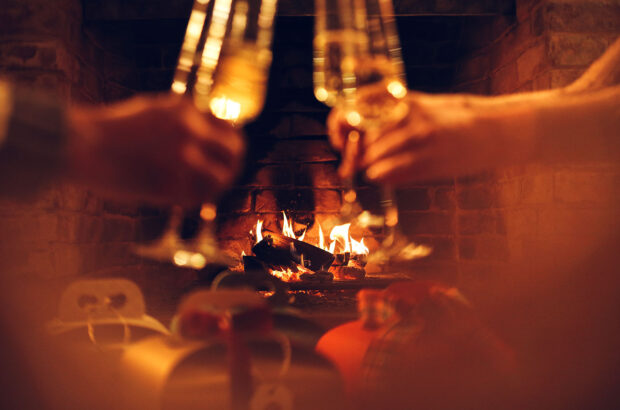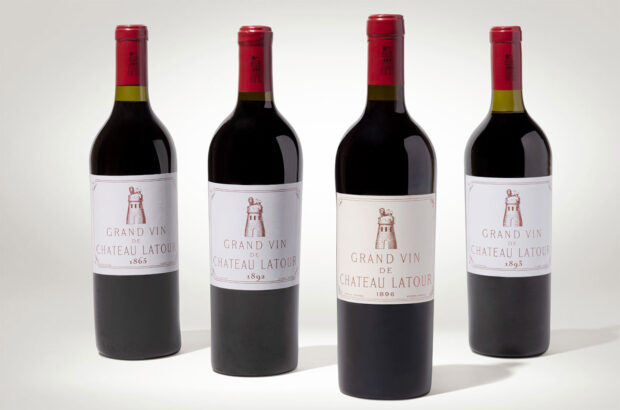Lake Neusiedl is fringed with charming estates that offer much more than just the famous Ruster Ausbruch, says Stephen Brook. Read his Burgenland travel guide here.
FACT FILE

Planted area 13,840ha across four sub-regions
Main sub-regions Neusiedlersee (7,650ha) is on the northern and eastern sides of Lake Neusiedl. The main grape varieties grown here are Welschriesling and Zweigelt
Neusiedlersee-Hügelland (3,575ha) is on the western side of the lake. The principal varieties are Blaufränkisch, Pinot Blanc and Chardonnay.
Quick links:
The Burgenland is not just a wine region – it’s a holiday destination, with thousands of visitors from Vienna and far beyond congregating on the shores of Lake Neusiedl; and there is plenty of space to absorb them all. The region was part of Hungary until 1921, but many Hungarian traditions, other than culinary, have been lost. Furmint, once a major grape variety here, has only recently been replanted. The local population flaunts the idea of the Burgenland as a wine destination, and the villages surrounding the lake are lined with wineries that are also family homes. Signs invite passers-by to stop, taste and buy, and many of them do exactly that.
You can divide the Burgenland into roughly three zones. East of the lake the land is flat – prime territory for sweet wines, as autumn mists rising from the shallow, reed-fringed Lake Neusiedl provoke botrytis in the vineyards. It’s here that some fabulous, world-class sweet wines are made. On the opposite side of the lake, the shore is protected by a line of hills known as the Leithaberg, which is the source of many excellent red wines from grapes such as Blaufränkisch and St Laurent, while the charming lakeside town of Rust produces both red wines and remarkable sweet wines known as Ruster Ausbruch. Ausbruch has its own rules and traditions, but nowadays it’s difficult for tasters to tell these wines apart from their sweet counterparts on the opposite shore.
Delights of the western shore
Just an hour or so from Vienna, the Burgenland is easy to visit. There are numerous restaurants, B&Bs and hotels, with much of the accommodation aimed at families. Many wineries are open to the public and English is spoken at all the those mentioned below.
Eisenstadt is a good base for visiting the western shore. It was home to the Esterházy family, whose Schloss dominates the town, and for whom Joseph Haydn was court composer. Opposite the Schloss is a vinothek, where you can sample wines from across Burgenland. Next door is the Henrici restaurant, a good spot for refreshments and simple lunches.
Wineries located between Eisenstadt and the lake include Prieler (www.prieler.at) and Moric. The latter (www.moric.at) is the label of Roland Velich, a dedicated Blaufränkisch specialist. Until about 20 years ago, this variety was egarded as a workhorse grape, and the Bordeaux varieties were more fashionable. Velich has acquired very old vineyards, which were not valued in the past as yields were too low. But they produce superbly concentrated fruit, and he ages his wines in larger barrels to preserve their individuality: ‘I don’t want to mask their character with new oak.’
Around the lake
Georg Prieler also makes delicious Blaufränkisch in Schützen, the grapes coming mostly from the nearby Leithaberg. It’s a short drive from here to Rust, the prettiest of the Burgenland towns, so it’s worth spending some time here. The Hauptstrasse leads down to the lake, and off to one side are charming little squares and lanes. Many houses on the Hauptstrasse date back to the 16th century and double as wineries, such as Feiler-Artinger (www. feiler-artinger.at), which produces sensational Ausbruch as well as impressive red wines. Wenzel (weinbau.wenzel@utanet.at), a few doors away, is also famous for Ausbruch. Rust has become very touristy – visitors flock to see the storks perched on their chimney-top nests – so it’s easy to find a café, restaurant or wine bar, such as Schandl, which serves hearty and very traditional dishes.
Neusiedl is the town at the top of the lake, and would make an alternative base to Eisenstadt, since it gives equidistant access to both shores. The villages of Gols and Illmitz, on the eastern side,aren’t as picturesque as Rust, but they are typical of Burgenland. Behind the houses’ demure facades are courtyards that often contain outbuildings where fermentation tanks and oak barrels are lodged.
Gernot Heinrich (www.heinrich.at) has been making wine for almost 30 years on the outskirts of Gols. His reds from Pinot Noir and Blaufränkisch, from vineyards near the winery and from the Leithaberg, are probably the finest offerings, although there are some interesting blends, both red and white. Much the same is true of Umathum, (en.umathum.at) whose winery lies south of Gols in Frauenkirchen. Other red-wine specialists open to visitors are Pöckl in Mönchhof (www.poeckl.at) and Pittnauer in Gols (www.pittnauer.com).
Once you reach Illmitz, you are in sweet-wine territory. The great master here was Alois Kracher, (www.kracher.at) who for two decades produced some of the world’s most complex botrytised wines. After his untimely death in 2007, his son Gerhard took over, and both the style and quality are unchanged. Kracher was never open to the public, but today there is a tasting room, featuring all the Kracher products (including delicious foodstuffs).
Hans Tschida’s winery is close by (www.angerhof-tschida.at). His trockenbeerenauslesen often have greater intensity and purity than Kracher’s but are a bit less complex. They are nonetheless world-class. Willi Opitz’s (www.willi-opitz.at) sweet wines, meanwhile, are more hit and miss, but his winery is still well worth a visit.
The Burgenland makes wine tourism here easy, thanks to a plethora of places to stay and eat. The Taubenkobel in Schützen is its finest restaurant, an enchanting place to visit, with a superb wine list to match exciting cooking. Or try winery restaurants such as Zur Dankbarkeit.
If you weary of wine, there is much else to do: aquatic sports, cycling trails, spa hedonism at the St Martins Therme, and opera performances in the vast former Roman quarry in St Margarethen.

Written by Stephen Brook







